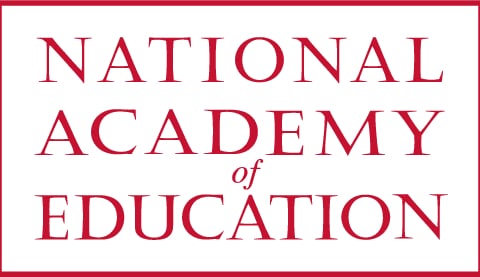Burning and Building: School, Community, and the Creation of the Modern Japanese State 1750-1900
Brian Platt
About the research
Award
NAEd/Spencer Postdoctoral Fellowship
Award Year
2001
Institution
George Mason University
Primary Discipline
History
About Brian Platt
N/A
